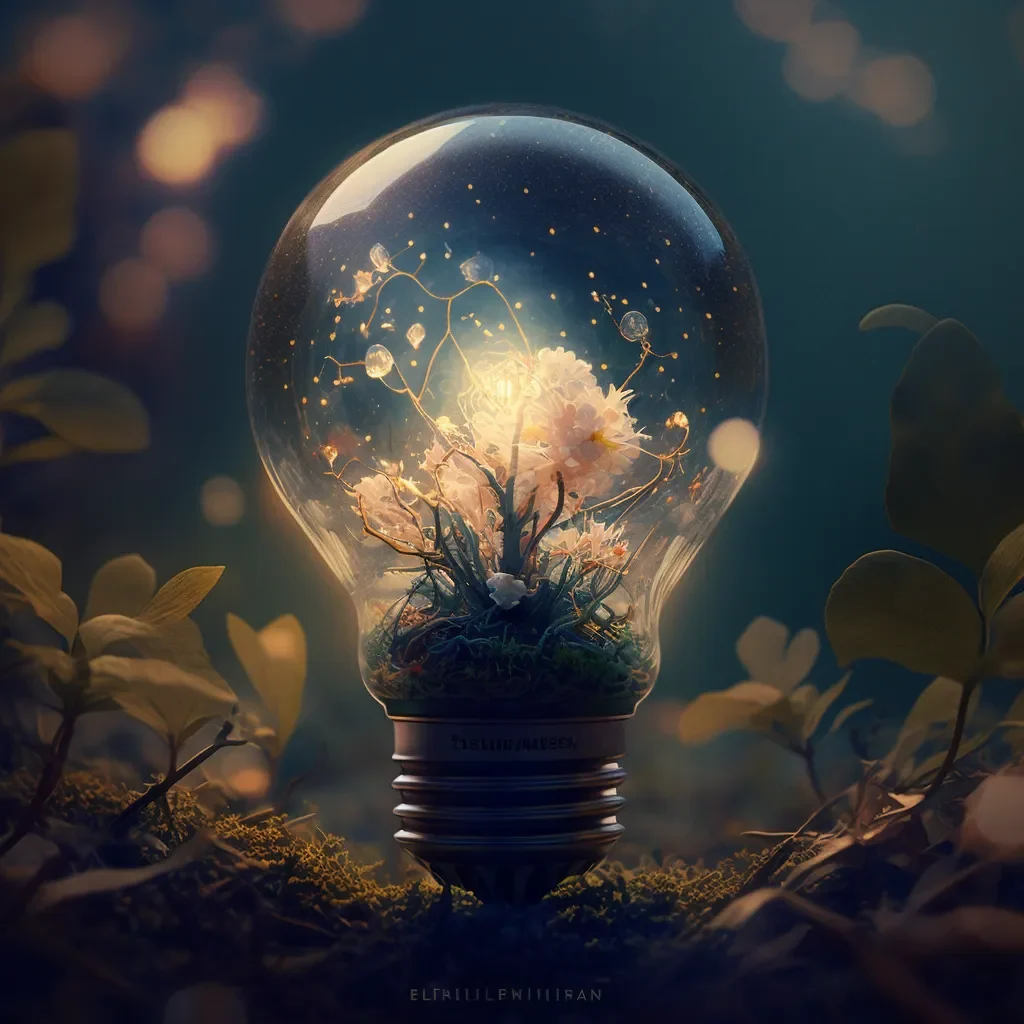The History of Ancient Consciousness Technologies
Chapter 1: The History of Psychedelics
Psychedelics 101 Series:
Understanding the Fundamentals of Psychedelics
Estimated reading time: 23 min
July 15, 2023
Table of Contents
Welcome to Psychedelics 101
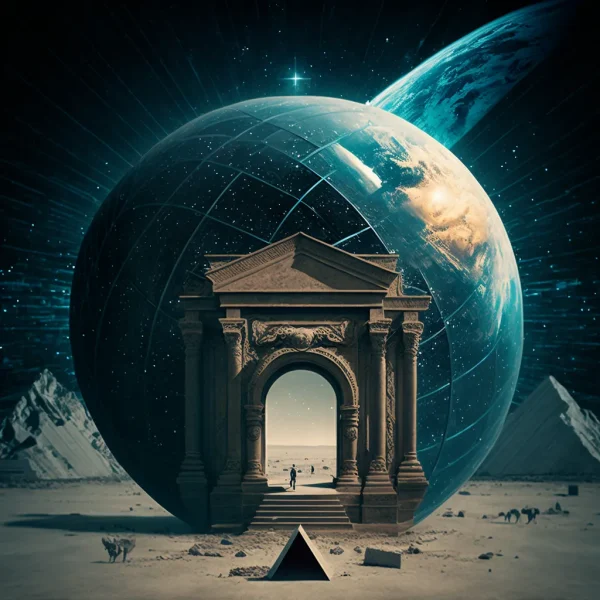
Throughout the history of our species, psychedelics have played a fascinating role in shaping culture and wisdom. Ancient traditions from around the globe, ranging from the Ancient Greeks in Europe to the Aztecs in Mexico have incorporated mind-altering substances into their rituals and spiritual ceremonies. People have used it to induce visionary experiences, commune with nature, and explore the depths of consciousness, mind, and reality.
But the use of psychedelics has not been limited to ancient cultures that existed millennia before us. Only as little as 60 years ago, in the 1960s, psychedelics played a crucial part in the emergence of an alternative culture in the U.S. (sometimes called “the hippie counterculture”). Central to this movement was the questioning and disruption of status quo beliefs, values, ways of doing and being. One could argue that it liquified the limits of existing rigidities in Western culture, creating necessary chaos and paving the path for further social and cultural development.

“LSD was a profound experience, one of the most important things in my life. LSD shows you that there’s another side to the coin, and you can’t remember it when it wears off, but you know it. It reinforced my sense of what was important—creating great things instead of making money, putting things back into the stream of history and of human consciousness as much as I could.”
— Steve Jobs
Today, interdisciplinary cutting-edge scientists and philosophers are driven by curiosity to unravel the meaning and potential of these complex and mysterious substances on the brain, mind, body and reality.
This revived wave of cultural attention and research we find ourselves in nowadays is known as the “Psychedelic Renaissance“. In the past two decades, scientists have shown that the states that psychedelics induce have the potential to treat depression, anxiety, PTSD and addiction in patients that could not be successfully treated by the standard available treatments.
In clinical settings, research participants have ranked their psychedelic experiences amongst the most meaningful experiences in their lives, leading to deeper appreciation of the beauty and interconnectedness of life, a sense of awe and wonder as well as enhanced interpersonal relationships. Many of these reported effects lasted far beyond a single psychedelic experience to at least 6-14 months afterwards. These type of results – after only one intervention – have never been witnessed in the field of psychiatry.
Along with the excitement in the scientific community, psychedelics are rapidly moving into mainstream culture. Non-fiction bestselling books, series and documentaries on streaming services, as well as articles in world-renowned newspapers and magazines about psychedelics are popping up everywhere. More and more people from the general population now want to experience first-hand what the Ancient Greeks tried to protect as the world’s best kept secret in the Eleusinian Mysteries.
Why has humanity, from ancient civilizations up to cutting-edge scientists, sensed a deep attraction to and marvel about psychedelics?
To get closer to both an intuitive and intellectual understanding of psychedelics, we will explore the fundamentals of psychedelics in this series of blog posts: “Psychedelics 101”, starting with an exploration of the ancient and recent history of these consciousness technologies. Throughout this series, you will develop a good sense of what psychedelics are, from the historical view down to their impact on the brain. Perhaps most importantly, you will gain more perspective on how you can relate to these powerful tools.
Our approach is to proceed with a sense of curious excitement based on the promises of psychedelics and of humble caution, grounded in that there is a lot to learn.
Diving into ancient psychedelic use
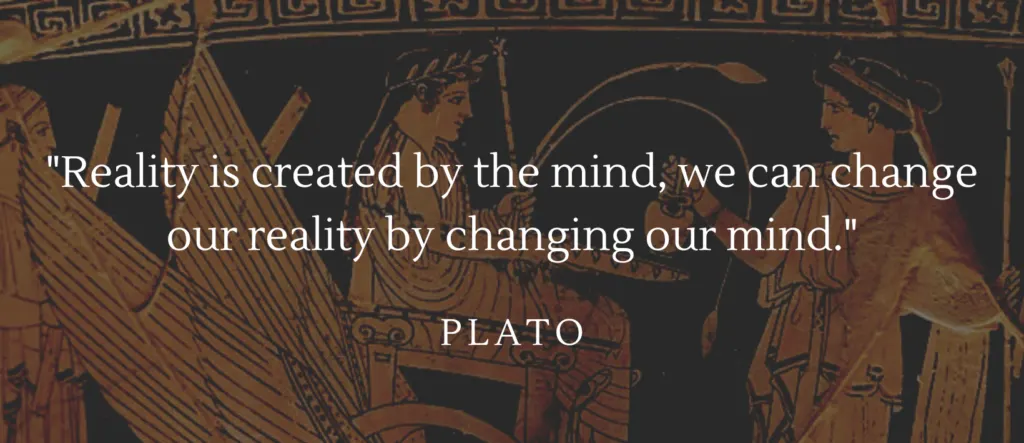
Europe, Greece
We are starting our exploration in the place of birth of modern Western society, Ancient Greece.
Where democracy, free speech, mathematics, philosophy, poetry, theater, architecture, astronomy and law were invented or vastly developed. Everyday we value and make use of systems, techniques, and ideas developed by the Ancient Greeks.
Yet, one of the most intriguing aspects of Ancient Greek culture has remained a secret, “the best kept secret in history”, according to the most influential religious scholar of the 20th century, Huston Smith.
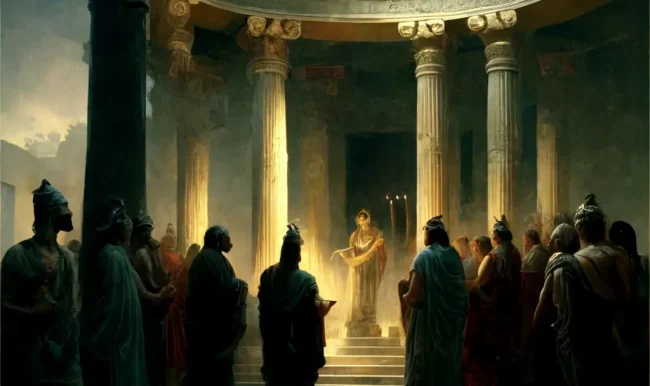
The so-called “Eleusinian Mysteries” took place from around 1600 BC to 392 CE. These secretive and mysterious rituals of “death and rebirth” took place only 18 kilometers from the center of Athens.
Participants of the ritual swore secrecy about the details of the Eleusinian Mysteries at the cost of execution and underwent a period of 6-18 months of preparation to cultivate the spiritual awareness needed for this once in a lifetime event.
They would walk along the Sacred Way until they arrived at the Temple of Demeter in Eleusis. Brian Muraresku studied the role of psychedelics in the development of Christianity and refers to that temple as “the spiritual capital of the ancient world”. Fasting, animal sacrifices and sacred offerings were all part of the ritual.
The pinnacle of the Eleusinian Mysteries was the sacred drink Kykeon. Scholars suspect that initiates were served a brew containing a psychedelic ingredient of a fungus that grows naturally on grains and was gathered in the area of Eleusis. [1]
The Ergot fungus contains lysergic acid. Almost four thousand years later, in 1943, Swiss chemist Albert Hoffman discovered LSD (lysergic acid diethylamide) by synthesizing the active compound of the Ergot fungus in a laboratory.
Testimonials of ancient Greek writers, thinkers, rulers, or builders who we still remember to this day, show us that they were initiated by the Eleusinian Mysteries.
Plato, one of the most influential figures of Western philosophy, writes in his Dialogue of the Phaedo that there was real meaning in the founding of the Eleusinian Mysteries and he who arrives after initiation and purification will dwell with the gods.
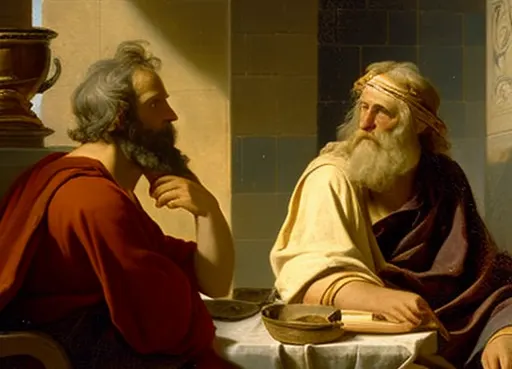
In the context of the dialogue, it seems that he meant that only the initiates had an understanding of the most important matters in life while they were still alive.
Plato’s Myth of Er reflects his perspectives on the immortality of the transcendent, free will and determinism, individual responsibility, and the importance of virtue in a fulfilling and meaningful life.
Let this sink in: arguably one of the wisest philosophers that has stood the test of time was profoundly influenced by altered states of consciousness and highly valued these transpersonal experiences.
Another leading Greek figure, Plutarch, described that after initiation, he was not afraid of death and recognized himself as an immortal soul.
Other influential figures such as Socrates, Aristotle and even Marcus Aurelius, stoic philosopher and the emperor who conquered the Greeks, traveled to Athens for initiation into these mysterious rituals.
Unique about these rituals was that they were inclusive of slaves, women, and men, regardless of financial status or background, as long as they spoke Greek and had not been involved in murder.
“For among the many excellent and indeed divine institutions which your Athens has brought forth and contributed to human life, none, in my opinion, is better than those mysteries. For by their means we have been brought out of our barbarous and savage mode of life and educated and refined to a state of civilization; and as the rites are called ‘initiations,’ so in very truth we have learned from them the beginnings of life, and have gained the power not only to live happily, but also to die with a better hope.”
— Cicero

After two millennia of existence, it was the Christian emperor Theodosius who brought an end to the Eleusinian Mysteries as he observed that they formed resistance against the growth of power of Christianity. Accessing the divine without a religious bureaucracy seemed to challenge the institutionalized power of the Roman-Catholic Church. So, in 392 CE, the sacred rituals that had been going on for centuries stopped, preventing the following generations from legally accessing an arguably life-changing experience.
Mesoamerica, Mexico
Photo by Josh Kltchen
The Aztec empire of central Mexico boasted with flourishing traditions of art, culture, literature, governance and technology between the 14th and 16th century. They created ingenious innovations in agricultural systems of regenerative farming and irrigation systems consisting of self-built fertile islands around their famous island city of Tenochtitlan.
This civilization had a deep and multifaceted relationship with psychedelics, using them for a wide range of purposes including spiritual enlightenment, physical and mental healing, and cultural celebration.
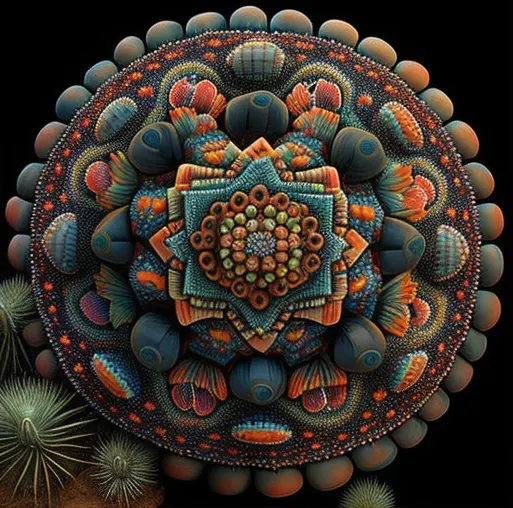
For example, Peyote, a small, spineless cactus that contains the psychoactive compound mescaline, was a fundamental part of those mind-altering practices.
The Huichol Indians of Mexico, a descendant tribe from the Aztecs, to this date, use peyote in sacramental contexts. The tradition encompasses a yearly pilgrimage to Wirikuta, led by a “mara’akame” or shaman. The Huichols travel over 250 kilometers carrying water and corn tortillas, bringing the tobacco necessary for the ritual, as they hold the ceremony in the area where the peyote is harvested.
As a preparation for their sacred ceremony, pilgrims confess to the shaman and restrain themselves from sexual intercourse. With an embracing attitude, the shaman makes a knot in a string for each confession. The knotted string is burned at the end of the ritual.
Photo from Codex Borgia
Upon arrival at the place where peyote is harvested and the ceremony takes place, a ritual of physical cleansing and prayer is initiated. While collecting peyote, the shaman chants and lights candles. Prayers and offerings are made. The fresh cacti are carefully ground on a stone called “metate”.
As the ingestion of peyote approaches, incense, dance, fire and chanting accompany the ceremony.
Around 1880, the ceremonial use of peyote in Mesoamerica deviated from its origins, and started to merge with Christian belief.
In 1993, this recent tradition faced legal challenges by the United States government. To protect the rights of free religious activity, American Indians created the Native American Church. After a long fight, the court ruled against the government and in favor of the Native Americans, allowing them to continue these ceremonies for healing and spiritual growth.
Photo by Richard Rose
In addition to peyote, the Aztecs have developed traditions of integrating psilocybin mushrooms as a sacred tool for expanding consciousness. These psychedelic mushrooms were known as “teonanacatl” in the native language Nahuatl, which translates to “god’s flesh”[2].
In the 16th century, Spanish colonizers encountered the sacred ceremonies of the Aztecs and recognized their deep significance to indigenous religious life, yet aimed to eradicate the use of mushrooms in religious practices. These indigenous practices were condemned by the Spaniards as “satanic trickery” as they did not align with the religious views the European monarchs had ordered to be imposed onto the native civilizations.
Despite the devastating cultural destruction and ethnic cleansing of the Spanish colonizers, in some regions of today’s Mexico the tradition of psychedelic mushrooms survived.

Photo by Don Juan Peralta
“There is a world beyond ours, a world that is far away, nearby, and invisible. And there is where God lives, where the dead live, the spirits and the saints, a world where everything has already happened and everything is known. That world talks. It has a language of its own. I report what it says. The sacred mushroom takes me by the hand and brings me to the world where everything is known. It is they, the sacred mushrooms, that speak in a way I can understand. I ask them and they answer me. When I return from the trip that I have taken with them, I tell what they have told me and what they have shown me.”
— Maria Sabina
One example that reached fame in the West in the 1960’s is that of Maria Sabina: She was a Mexican shaman descending from the Mazatec culture in Oaxaca, spreading her philosophy and practice with psychedelic mushrooms which she called “los niños santos”, meaning “the child saints” or “the holy children”.
Against the will of her community, she shared her culture’s shamanic practice with psychedelic mushrooms with foreigners who traveled to Oaxaca. At the cost of being seen as a traitor, Maria Sabina led, among others, Western figures like John Lennon and Bob Dylan through the “velada”, as the ceremony was called.
South America, The Amazon Rainforest
Traveling further South in the Americas, we find the well-known ayahuasca brew that originates from the depths of the Amazon rainforest. Its psychedelic effects have been used by native cultures in South America.
The Quechua term “ayahuasca” means “vine of the soul” and refers to the freeing of the soul from the limits of the body.
The ayahuasca brew has different recipes leading to different kinds and effects. Most commonly, ayahuasca includes the leaves from the Psychotria viridis bush, which contain a powerful psychedelic substance called DMT (N, N-dimethyltryptamine).


These are brewed together with the Banisteriopsis caapi vine. From a chemical view, the vine contains harmaline, an MAO inhibitor which decreases the body’s ability to rapidly break down the psychedelic substance DMT. Only with this combination of ingredients can one extend the altered states experience of vivid visions caused by DMT to last 4 to 6 hours.
Shamans have been using this brew for various purposes, ranging from diagnosing and healing illness, prophesying the future up to getting into the minds of enemies for warfare.
Under the influence of ayahuasca, one’s experience intensifies with unexpected and revealing visions, profuse sweating, and sometimes nausea.
The Americas, Chile’s Atacama Desert
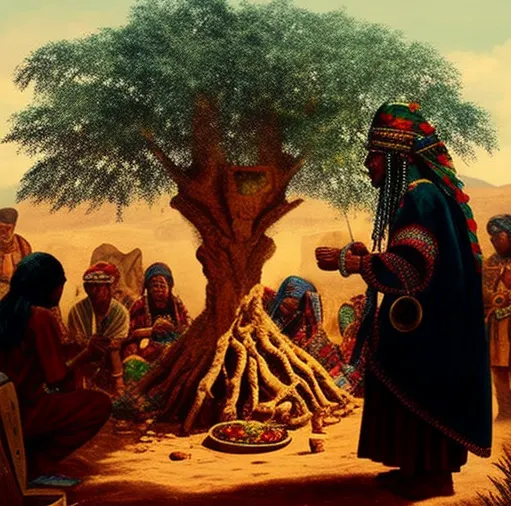

Photo from Plants of the Gods
Reaching the southern part of the Americas, in Chile’s Atacama Desert, archaeologist C. Manuel Torres excavated six hundred prehistoric graves.
This place was home to the spiritual and political capital of the pre-hispanic Tiahuanaco empire which lasted from around 600 to 1000 CE. This civilization was characterized as the origin of knowledge or “saberes” of new technologies and materials in architecture, textiles and pottery. Astonishingly, in nearly every interred grave there were tools that were used for the ritual sniffing of the seeds of the Cebil tree. The Cebil tree can induce strong psychoactive effects due to the active psychedelic compounds 5-MeO-MMT and DMT. The Tiahuanaco civilization used these seeds as a means to enter and influence another reality. Shaman Fortunato RuIz sees the seeds as a gateway to a visionary world.
Today, the shamans in the region still use Cebil to enter altered states of consciousness, making the 4,500 year tradition the longest uninterrupted sacred use of psychedelics in the world.
Asia, India and its most sacred text
Hopping over to a different continent lies a country known for its rich spiritual and religious history. India potentially has an important history with psychedelics.
The Rig Veda is the oldest book in the world and one of the most sacred texts in the Hindu tradition. It originates from 1000-1500 BCE and it contains over 1,000 hymns and over 100 of these are devoted to “Soma”. This is a plant-extracted holy drink that was used in the tradition. Unfortunately, the original recipe has been lost thousands of years ago, leaving much room for speculation.
Scholars have theorized that Soma had psychoactive properties. In 1968, Gordon Wasson identified soma to contain the psychoactive mushroom Amanita muscaria – commonly referred to as fly agaric. This ingredient was not specifically named in the Rig Veda by its adepts, in order to maintain the secrecy of their practices. Instead, it was represented by a set of symbols, some of which come from the Soma symbol system in the Rig Veda and some of which may be connected to the use of mushrooms in even older shamanic practices in Northern Eurasia [3]. The story of Soma remains a provoking mystery.
Lessons from historical psychedelic use
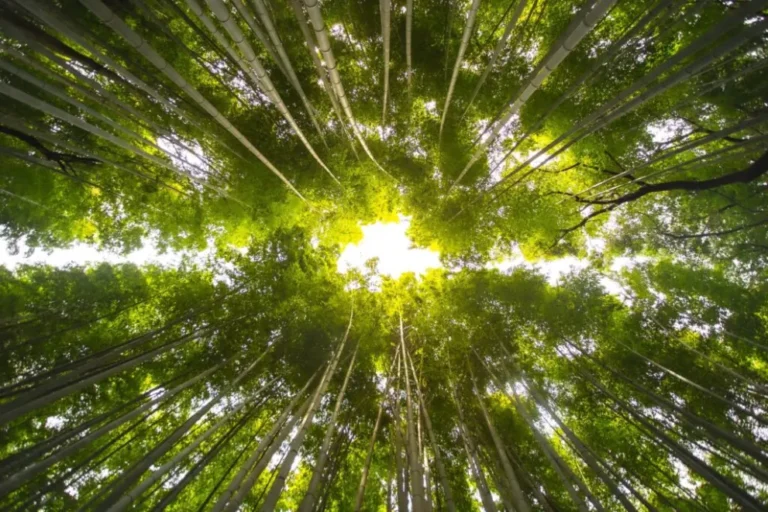
Photo by Marek Piwnicki on Unsplash
From the Ancient Greeks to traditions deep in the Amazon forest, it is clear that cultures from across the globe, independently of each other, deeply value the sacred use of psychedelics. It would not be exaggerated to claim that modern cultures can learn and draw inspiration from the wisdom that has accumulated over thousands of years from these ancient psychedelic practices. The overarching and recurring elements of sacredness, healing, re-connection with self, others and nature, and our relationship with life and death are relevant to us just as they were to the ancient cultures millennia ago.
Our ancestors, for thousands of years, have sourced psychedelic substances from nature and entered these powerful doors of perception with utmost respect.
What almost all cultures had in common is that they engaged in occasional use, once a year or even only once in a lifetime. Carefully crafted rituals with often arduous practices of preparation were established to create the appropriate mindset and context for the purposes of the use. The Greeks and Aztecs manifested this in their cultivation of spiritual awareness through purification practices, such as pilgrimage and personal sacrifice preceding the actual psychedelic ceremony.
An experienced psycho-spiritual leader, often referred to as a shaman, played the key role of facilitation in ceremony, providing guidance to those in vulnerable and deeply altered states of consciousness.
Importantly, these psychedelic rituals were mostly carried out in socio-cultural containers that co-evolved with the psychedelic use over time. Adepts, close relatives as well as wider social groups were aware of the acute and long-term effects of psychedelic initiation and provided a social web of connection and meaning to the initiates. Psychedelic work was not conducted in isolation, but within social structures that could accommodate and help make sense of those psychedelic visions.
The history of psychedelics also sheds light on the themes of power dynamics and political controversy. Who has access and the right to administer these powerful substances? Power structures and authorities, such as the Christian church and governments, have resisted and opposed the use of psychedelics. In recent psychedelic history, as we will explore in later parts of this “Psychedelics 101” series, political controversy has been a main theme.
It is not a coincidence that psychedelics were perceived as a threat to established structures and systems of power. The consciousness altering experiences induced by psychedelics have the potential to deconstruct our worldview, to make us more aware of our cultural assumptions that are often taken for granted and accepted without questioning.
Attemps of integrating psychedelics in modern Western culture

The quote above is from the father of LSD, a master of chemistry, who was under the influence of his newly discovered potent psychedelic substance in 1943. As the first person to ever try synthesized LSD, the experience revealed that it is one of the strongest psychedelic compounds ever discovered. Without prior knowledge, Hoffmann experimented with what he thought to be a “small dose” of 250 micrograms. Not illogically, since one microgram is one thousandth of a milligram. Unaware that LSD is already active from 25 micrograms (25 millionth of a gram) onwards, he unexpectedly discovered the potent psychedelic effects. Hoffmann famously decided to ride his bike home from his laboratory, while under the influence of the newly extracted compound and “Bicycle day” was born.
This day initiated Hoffmann’s lifelong journey with LSD. The extensive experience he would accumulate showed this hard-nosed scientist the key role LSD could play in psychiatry and it opened his mind to spirituality.
Could this have been part of the groundwork for a modern culture inclusive of psychedelics?
Michael Pollan describes in his book “How to change your mind” that the discovery of LSD was part of the beginning of modern psychedelic science in the 1950’s. [4]
In that time, over 40,000 research participants were recruited and 1,000 clinical papers were published on applications of psychedelics in the clinical fields of addiction, depression, OCD, schizophrenia, autism and end-of-life anxiety. Psychedelic enthusiasm exploded and facilitated the emergence of the (in)famous “hippie counterculture” movement.
On scale, young minds were exposed to experiences that were inconceivable to their parents and grandparents.
By melting rigid mental structures, psychedelics brought light to the limits of their cultural paradigm on an individual and collective level. Part of an entire generation opposed the Vietnam war and protested against extractive capitalist practices, giving birth to an unprecedented “generation gap”. Psychedelics became a symbolic resistance to the conservative mainstream politics at the time.
In his memoir “LSD – my problem child”, published in 1979, Hoffmann critically reflected on the unexpected turn LSD took. He stressed that parts of the counterculture abused LSD and neglected the psychological dangers of the substance when not used in a safe and responsible manner.
The rise of gurus and radical ideologists promised solutions to the cultural disconnection. Desperately in search for connection through the “mystical experience” and “spiritual revelation”, followers idolized these false prophets. Paradoxically, re-activating the human tendency to blindly fall for ideology that the counterculture movement initially opposed.
Not even two decades after the rise of counterculture in the US, politicians found a new enemy du jour: psychedelics. As quickly as psychedelics rose, so did they vanish with the prohibition passed by the Reagan / Nixon administrations.
David Nutt, one of the world’s most respected scientists in the field of psychedelic research, shared his perspective on the prohibition of psychedelics by the Nixon administration[5]:
“The demonization was all political, it all goes back to the Vietnam War, to the fact that young men didn’t want to fight in a war in a place they’d never heard and didn’t want to fight against an enemy they’d never seen for a cause they didn’t understand and they refused to fight.”
Psychedelics empowered young people to see through the ideology of a government that needed soldiers to pursue its agenda. David Nutt continues on to say:
“LSD is the only drug that has ever been banned because it changed the way people voted! In those days, you couldn’t ban a drug just because people were using it, you had to find harm. The hysteria about the harms of psychedelics was all created by the drug enforcement agency and the CIA that justified banning it.”
Scientific research into psychedelics came to a complete halt as a result of The War on Drugs policy. Jamming psychedelics together with actually harmful substances like heroin or cocaine into the same pot was vehemently opposed by many scientists at the time.
However, as time passed, mainstream science came to stigmatize the built up body of scientific knowledge of psychedelics. The potential role of psychedelics in the field of psychiatry lost credibility and attention.
The US War on Drugs also paved the way for an international prohibition of psychedelics, spearheaded by the Convention on Psychotropic Substances treaty signed by the United Nations in 1971. In a nutshell, the abolishment of psychedelics from research and legal use created a decades-long setback for the exploration of the potential of psychedelics, both therapeutically as well as spiritually or for personal development and growth.
The radical turn that the counterculture of the 60’s steered itself into, created an even greater generational divide, where the space for open-minded dialogue was practically non-existent. The legitimate critiques on the current socio-political and economic paradigm that represented the interests of peace, democratization and increased collaboration were partially co-opted by a louder movement of guru-ism, spiritual bypassing and juvenile resistance to authority.
Careful exploration based on grounded and shared sense-making, led by generational wisdom, that is present in ancient ceremonial use of psychedelics, lacked in the West. Today, we can take these lessons and steward the increasing interest and openness to psychedelics by choosing to develop and co-create stable frameworks and practices for shared sense-making.
The tipping point of ancient consciousness technologies
In recent years, interest in psychedelics has gradually increased not only in the medical community but also in the general population. Perhaps this development is also fueled by the desperate need for solutions to the multiple crises we are finding ourselves in.
The first wave of psychedelic enthusiasm in the 1950-60’s has taught us that responsible use is not only valuable for the individual, but also for a healthy culture.
This explosive scientific and cultural interest in psychedelics puts us at a pivoting point in history. On the one hand, irresponsible, naive and exploitative use of psychedelics could backfire, harming us individually and collectively. Instead of opening pathways to a more regenerative future, psychedelics could reinforce the status quo or even bring us back to darker times. On the other hand, psychedelics could increasingly become an accepted part of our culture thanks to a responsible approach grounded in modern science and ancient knowledge. They could help us heal, mature and reconnect to what is truly important to us. They could become beacon lights for navigating our complex times.
What way will we choose?
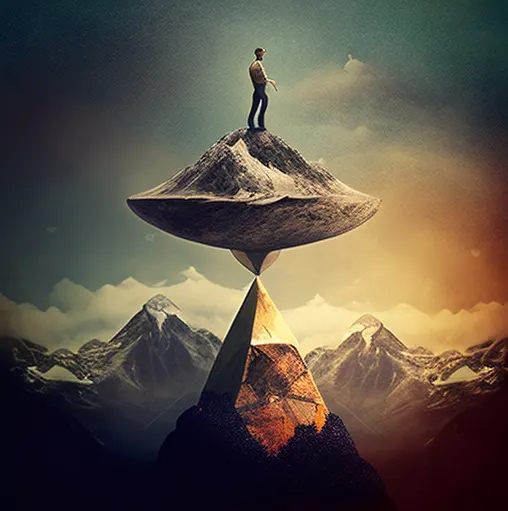
Dive deeper into “What are psychedelics?”
As our journey through the history of psychedelics has come to a close, we stand on the precipice of a new chapter. In the next Chapter, we delve into the core question: What are psychedelics? Discover the scientific intricacies, the metaphoric expressions, and the artistic imagery that define these transformative compounds. This first article starts with why these mind-altering substances are called psychedelics and how their name influences the profound experiences they offer. Join us as we unravel the mysteries of perception and embark on an exploration of the very essence of psychedelics.
Images
Uncited images were created by Nino Galvez using AI image generators
References:
[1] Muraresku, Brian C. (2022): The Immortality key: The secret history of the religion with no name. S.l.: GRIFFIN.
[2] Carod-Artal, F.J. (2014): Hallucinogenic drugs in pre-Columbian Mesoamerican cultures. Elsevier Doyma. Available at: https://www.sciencedirect.com/science/article/pii/S2173580814001527 (Accessed: January 7, 2023).
[3] Hajicek-Dobberstein S. Soma siddhas and alchemical enlightenment: psychedelic mushrooms in Buddhist tradition. J Ethnopharmacol. 1995 Oct;48(2):99-118. doi: 10.1016/0378-8741(95)01292-l. PMID: 8583800.
[4] Pollan, M. (2019) How to change your mind. Penguin.
[5] Interview with David Nutt: The neuroscience of psychedelic drugs: Ending psychedelic myths with professor David Nutt (no date) Neuroscience from Technology Networks. Available at: https://www.technologynetworks.com/neuroscience/articles/the-neuroscience-of-psychedelic-drugs-ending-psychedelic-myths-with-professor-david-nutt-328359 (Accessed: January 7, 2023).
Subscribe to the insights newsletter
At most, once every 2 weeks.
